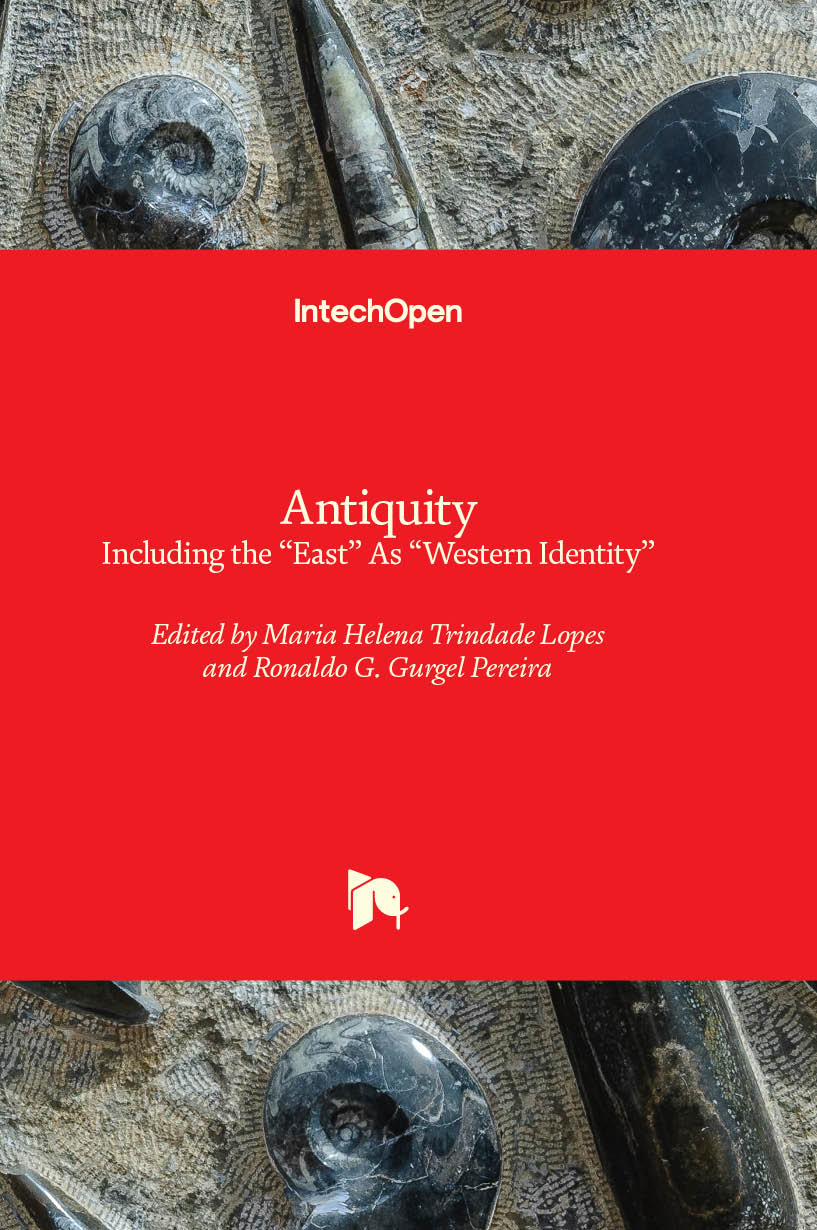@Idilinaa @The alchemist @Shimbiris
What do you guys know about how Islam spread in Somalia? And is the history surrounding Masjid Qiblatayn (and Somalis accepting Islam that early in Islamic history) true?
It's a little strange that despite Islam's strong roots in our culture and history, there's little information on how it reached us and spread throughout our land.
What do you guys know about how Islam spread in Somalia? And is the history surrounding Masjid Qiblatayn (and Somalis accepting Islam that early in Islamic history) true?
It's a little strange that despite Islam's strong roots in our culture and history, there's little information on how it reached us and spread throughout our land.


 seriously though is it likely?
seriously though is it likely?

